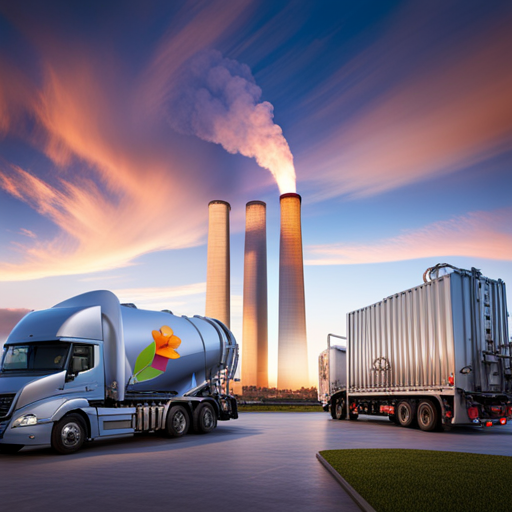How Do We Turn Trash into Power?
Article Source
From the research paper "Waste-to-Energy: Turning Trash into Power" Read Full Article

Why You Should Care
Every year, the world produces over 2 billion tonnes of municipal solid waste (MSW), which is expected to grow to 3.4 billion tonnes by 2050. Managing this waste is crucial to reducing pollution and greenhouse gas emissions. Understanding how waste can be turned into energy helps us tackle these environmental issues and create a cleaner planet.
Answering the Question: How Do We Turn Trash into Power?
From a researcher's perspective, converting waste into energy involves using various technologies to transform MSW into valuable energy sources. This process helps manage the massive amount of waste generated globally while producing energy. For example, the United States generated 258 million tonnes of MSW in 2017, and innovative waste-to-energy (WTE) technologies can help reduce this waste.
How Was the Study Done?
Researchers analyzed data from numerous studies and experiments on WTE technologies. They examined processes like pyrolysis, gasification, and anaerobic digestion. These methods convert waste into energy products such as bio-oil, synthesis gas, methane, hydrogen, and biochar. The study also included a review of different WTE systems' efficiency and environmental impact.
What Was Discovered?
- Global Waste Production: The world generates more than 2 billion tonnes of municipal solid waste annually, expected to reach 3.4 billion tonnes by 2050.
- Country-Specific Data: The United States produced 258 million tonnes of MSW in 2017, leading the world, followed by China with 220 million tonnes and India with 168 million tonnes. By 2050, India is expected to produce 543 million tonnes, the US 360 million tonnes, and China 336 million tonnes.
- Waste-to-Energy Conversion: Technologies like pyrolysis, gasification, and anaerobic digestion convert waste into energy products. For instance, 1 tonne of MSW can produce about 600 kWh of electricity through incineration.
- Reduction in Greenhouse Gases: Proper waste management and WTE technologies can significantly reduce greenhouse gas emissions. For example, anaerobic digestion of organic waste can cut methane emissions by capturing and using the gas for energy.
- Energy Production: Waste-to-energy facilities can generate significant amounts of electricity. In 2020, WTE facilities in the US produced about 14 billion kWh of electricity, enough to power around 1.5 million homes.
- Economic Benefits: The economic impact of WTE technologies is substantial. By turning waste into energy, cities can save on landfill costs and generate revenue from energy sales. For example, the city of Copenhagen saves around $110 million annually through its WTE plant.
Why Does It Matter?
Understanding the potential of WTE technologies can help us manage waste more effectively and produce renewable energy.
This can reduce our dependence on fossil fuels, lower greenhouse gas emissions, and promote sustainable development. By turning waste into energy, we can address both environmental and energy challenges simultaneously.
Waste-to-energy technologies offer a powerful solution to our waste and energy problems. By converting trash into usable energy, we can create a cleaner, more sustainable world.
Reference:
